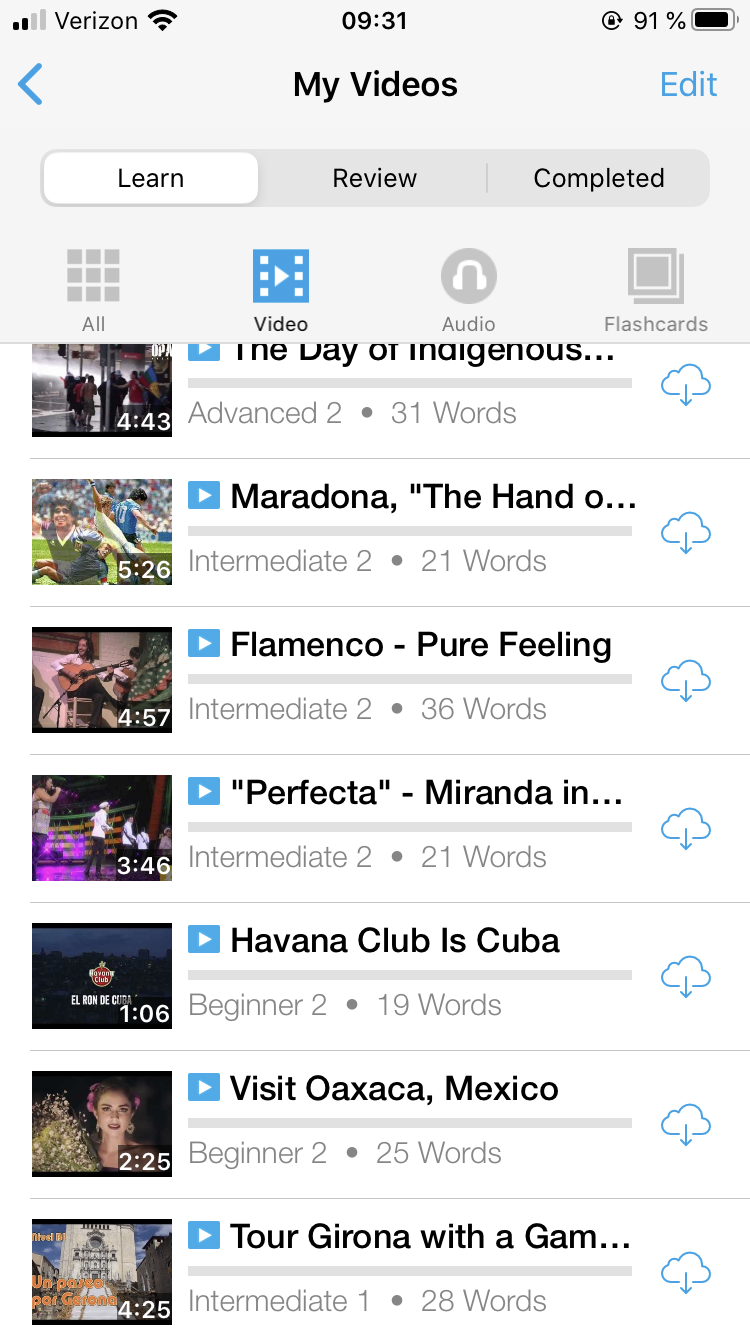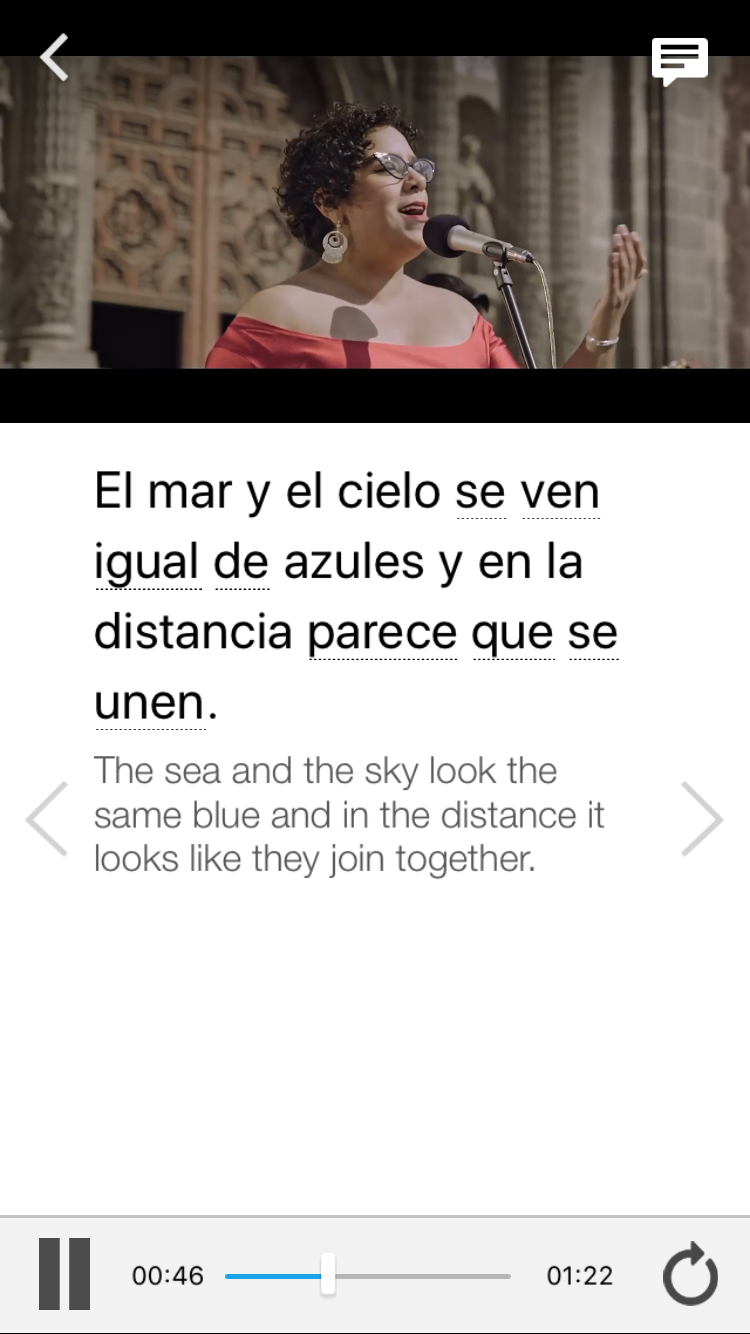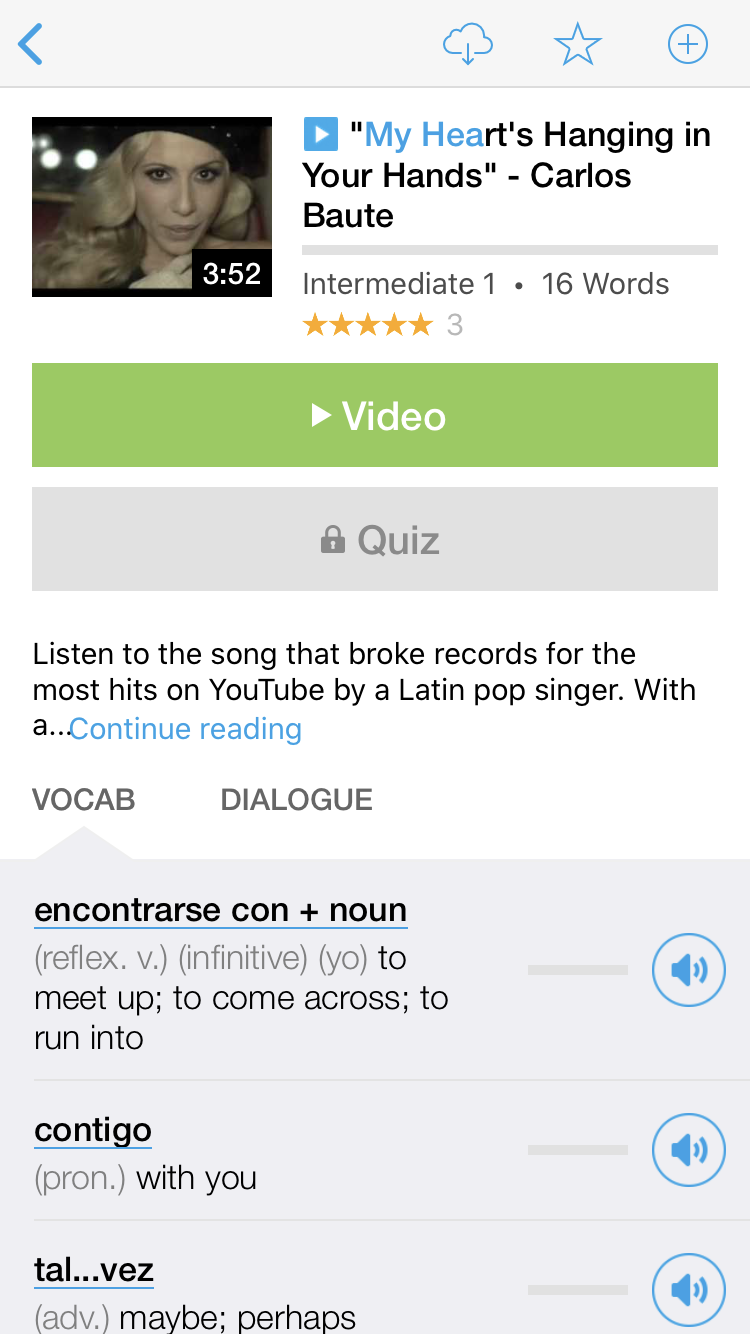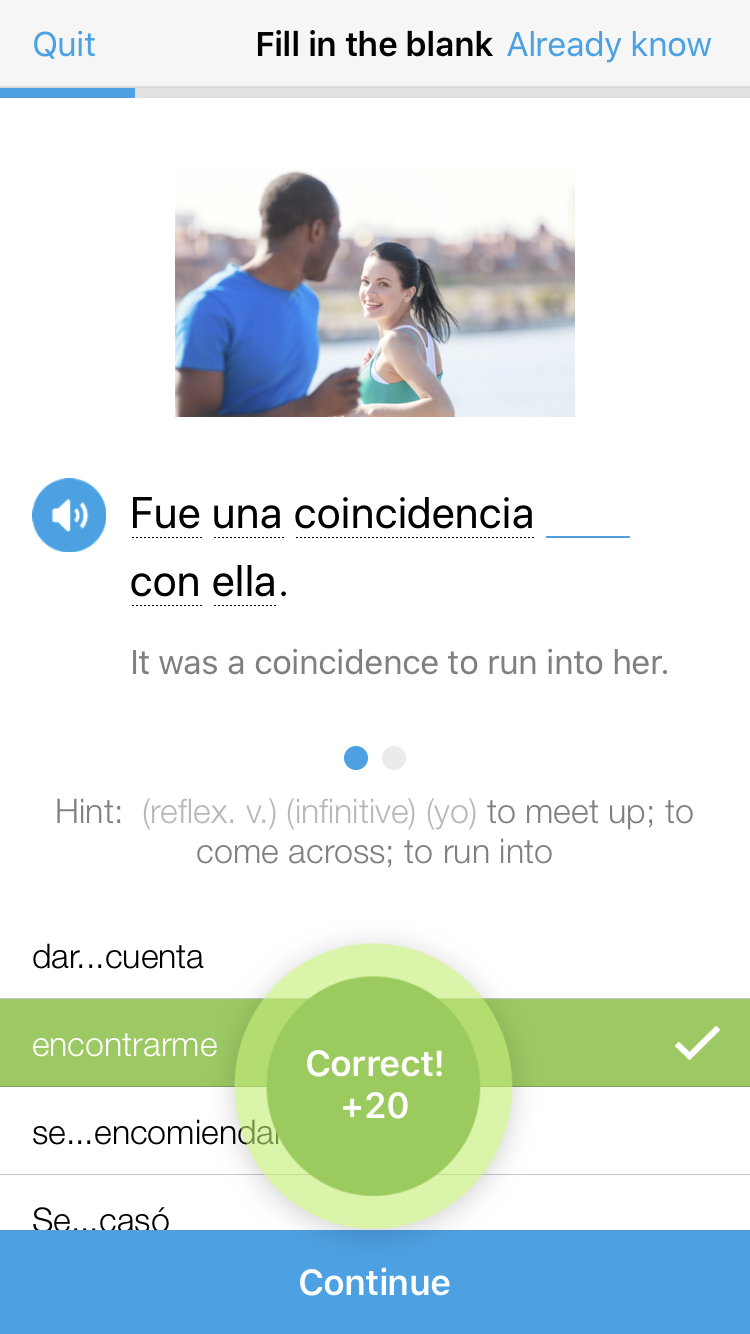
Nobody enjoys chores, but we all have to do them—and sometimes talk about them.
In fact, learning to talk about chores in Spanish is one of those things that will take you out of “basic survival” and into real communication.
If you get invited to a Spanish speaker’s house, for instance, imagine how great it’ll feel when you can offer to help your host wash the dishes!
Read on to learn how to talk about chores in Spanish.
Contents
Download:
This blog post is available as a convenient and portable PDF that you
can take anywhere.
Click here to get a copy. (Download)
Vocabulary for Chores in Spanish
There are a few basic ways to say “chores” in Spanish:
los quehaceres
(chores)
las tareas domésticas
(chores, or housework)
And here are some Spanish phrases for the most common household chores:
Spanish Chore Phrases with Irregular Verbs
There are also many chore phrases that use of common Spanish verbs such as hacer
(to do/to make), dar
(to give) and ir
(to go).
All three of these verbs are irregular, so you’ll want to take some extra time to learn their conjugations.
Here are a few phrases that use these three common irregular verbs:
Using Chore Phrases in a Sentence
So, what do these chore phrases look like in a sentence?
They’ll change slightly depending on how you use them. You’ll have to conjugate your verbs in one of a few different ways.
Questions
To ask someone if they did a chore in the past, use the preterite form of the verb.
For example:
¿Cortaste el césped?
(Did you mow the lawn?)
To ask someone if they will do a chore in the future, conjugate the verb in the simple future tense, like so:
¿Sacarás la basura?
(Will you take out the trash?)
You can also use the verb poder (can/be able to) plus the infinitive to ask if someone will do a chore:
¿Puedes cambiar las sábanas?
(Can you change the bedsheets?)
And of course, you can be polite with your request by adding “please” to your question:
¿Puedes limpiar la cocina, por favor?
(Can you clean the kitchen, please?)
The Present Tense
Use the simple present tense to talk about doing a chore on a regular basis.
For example:
Yo paso la aspiradora todos los días.
(I vacuum every day.)
Yo siempre lavo la ropa.
(I always do the laundry.)
To talk about what someone else is doing, use the appropriate present tense ending:
Nosotros sacamos la basura.
(We take out the trash.)
Mi amigo siempre plancha la ropa.
(My friend always irons his clothes.)
On the other hand, to talk about a chore that you’re in the process of doing, use the present progressive tense:
Yo estoy sacando la basura ahora.
(I’m taking out the trash now.)
Ellos todavía están arreglando la casa.
(They are still tidying the house.)
The Imperative
Use verbs in the imperative form to tell someone else to do something.
This is very useful when talking about household chores, especially if you don’t feel like doing them!
¡Saca la basura!
(Take out the trash!)
¡Lava los platos!
(Wash the dishes!)
Remember, you can use the imperative while still being polite. It’s all about tone and minding your manners:
Mamá, por favor, cocina para nosotros.
(Mom, please cook for us.)
The Infinitive
Verbs are used in their infinitive form when they’re used with another verb.
You can use the infinitive to talk about likes and dislikes, for example:
Me gusta arreglar la casa.
(I like to tidy the house.)
No me gusta limpiar las ventanas.
(I don’t like to wash the windows.)
Le gusta barrer el piso.
(He likes to sweep the floor.)
You can also use it to talk about future tasks:
Pedro va a dar de comer a las mascotas.
(Pedro is going to feed the pets.)
Yo voy a poner la mesa.
(I am going to set the table.)
Yo voy a limpiar el polvo.
(I am going to dust.)
Tips for Learning and Practicing Chores in Spanish
Because chores are a big part of daily life, you’ll have many opportunities to use these vocabulary words. And the more you use them, the better you’ll remember them.
Try one or more of the following ways to practice.
Use Chore Words Around the House
This is a great method for those learning Spanish independently.
Label common household items to help you remember what they are. Put one on the vacuum cleaner, the door of the oven, the dish soap on the kitchen counter… Anywhere!
Insert chore phrases into conversation whenever possible. (“Don’t worry, Mom! I’m going to hacer la cama right now.”)
As a bonus, your family members or roommates may end up learning a few Spanish chore phrases with you!
Play a Game
Do you like to draw? Do you have friends who also want to practice their Spanish?
Play a game of Pictionary! It’s a great way to review—having fun will help the words stick.
For Pictionary, create a stack of index cards with the Spanish chore words written on them. Divide into teams.
Take turns picking a card and drawing a picture of the phrase on a whiteboard. (Remember: No words!) The drawer’s team member(s) will try to guess the correct phrase. Correct guesses get a point.
If you don’t like drawing, try a game of Charades instead. Team members must act out the chore instead of drawing it. (No verbal clues!)
Use Online Study Sites
Websites and apps give you access to Spanish vocabulary practice right on your favorite device. Get started with:
With just a little instruction and practice, you can be well on your way to talking about those pesky but necessary quehaceres.
Happy learning!
Download:
This blog post is available as a convenient and portable PDF that you
can take anywhere.
Click here to get a copy. (Download)
And One More Thing…
If you’ve made it this far that means you probably enjoy learning Spanish with engaging material and will then love FluentU.
Other sites use scripted content. FluentU uses a natural approach that helps you ease into the Spanish language and culture over time. You’ll learn Spanish as it’s actually spoken by real people.
FluentU has a wide variety of videos, as you can see here:

FluentU brings native videos within reach with interactive transcripts. You can tap on any word to look it up instantly. Every definition has examples that have been written to help you understand how the word is used. If you see an interesting word you don’t know, you can add it to a vocab list.

Review a complete interactive transcript under the Dialogue tab, and find words and phrases listed under Vocab.

Learn all the vocabulary in any video with FluentU’s robust learning engine. Swipe left or right to see more examples of the word you’re on.

The best part is that FluentU keeps track of the vocabulary that you’re learning, and gives you extra practice with difficult words. It’ll even remind you when it’s time to review what you’ve learned. Every learner has a truly personalized experience, even if they’re learning with the same video.
Start using the FluentU website on your computer or tablet or, better yet, download the FluentU app from the iTunes or Google Play store. Click here to take advantage of our current sale! (Expires at the end of this month.)



